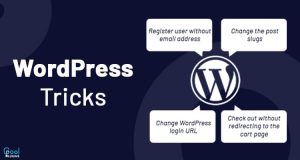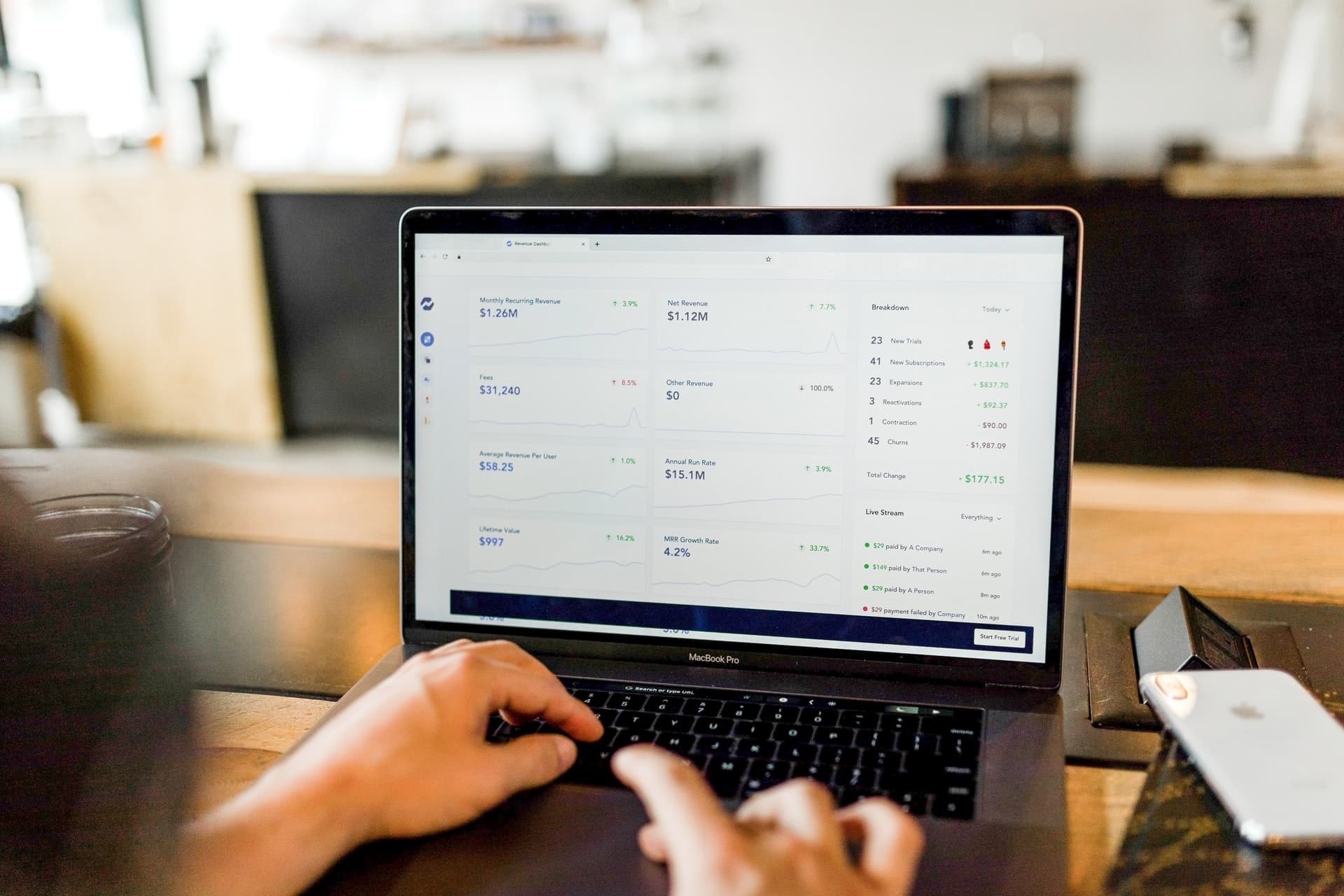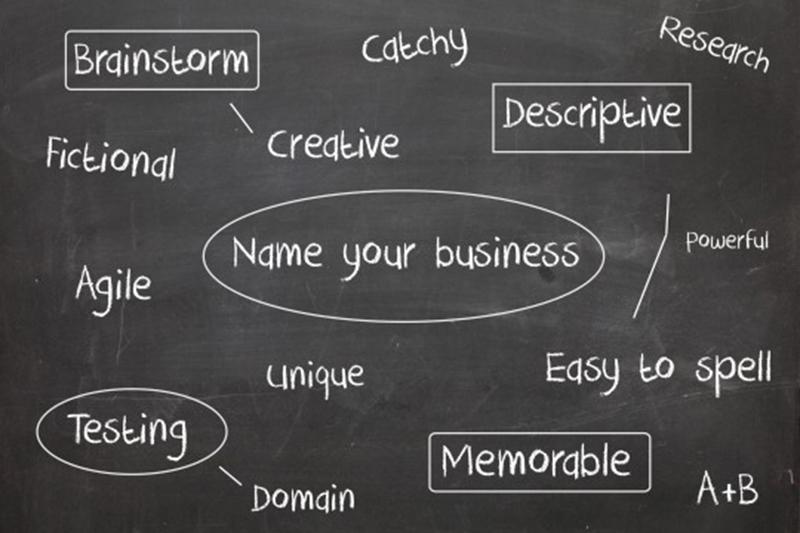Catchy Website Hacks You Need
Making a website that is both useful and visually appealing is crucial to making an impression in the congested internet market of today. A memorable website draws users in, holds their attention, and motivates them to come back. Here, we’ll look at some tried-and-true methods and tips for creating a website that is memorable, attracts visitors, and makes an impression.
Understanding the Importance of a Catchy Website
A website that is both visually appealing and catchy can make a huge difference. It draws in your target market, represents your brand, and motivates users to do desired activities. Catchy websites provide a smooth user experience, are visually appealing, and are simple to use.
Why First Impressions Matter
According to studies, users create an opinion about a website in a matter of seconds. Users can be immediately captivated by a visually appealing homepage, increasing the likelihood that they will stay and investigate. Users are likely to abandon your website if it appears outdated or unclear.

Benefits of an Engaging Website
A memorable website can:
Boost the retention of users
Increased SEO ranking as a result of decreased bounce rates
Boost conversion rates
Increase the trust and credibility of your brand
Hack #1: Prioritize a Clean, Simple Design
A simple, uncluttered style makes your website more noticeable. Because it lets your content shine without overpowering the consumer, simplicity is essential.
Using White Space Effectively
Negative space, often known as white space, makes your writing easier to read and highlights your primary points. It contributes to a polished, contemporary appearance that customers find appealing. Steer clear of clutter and give text and images enough room to be balanced.
Limit Colors and Fonts
Visual confusion can result from using too many colors and fonts. Use no more than two or three fonts and a consistent color scheme. Color and typographic consistency enhances your brand and gives your website a polished appearance.
Hack #2: Use High-Quality, Eye-Catching Images
Images are effective means of drawing in viewers and establishing the mood. Excellent images improve the appearance of your website and leave a favorable impression.
Optimize Images for Web
Large picture files can cause your website to load slowly, which will negatively affect user experience. To guarantee quick loading times, select the right file formats and reduce image size without sacrificing quality.
Choose Images that Reflect Your Brand
Images should reflect your brand’s personality and be pertinent to your content. Steer clear of generic stock photographs that don’t contribute any worth. Images that are personalized or branded are typically more memorable.
Hack #3: Create Engaging Content with Strong Headlines
Any website’s foundation is its content, and interesting, educational information can make your site genuinely memorable. However, attention-grabbing headlines are necessary for quality content.
Write Catchy Headlines
Since people frequently scan headlines first, make sure they are bold and captivating. To attract readers, use figures, inquiries, or captivating words (e.g., “10 Surprising Ways to Improve Your Website”).
Focus on Readability
Make sure your writing is readable. Use bullet points, subheadings, and brief paragraphs to divide up the text. If your audience isn’t familiar with industry lingo, stay away from it.
Hack #4: Enhance Navigation and User Experience
Visitors may easily and quickly locate what they need thanks to user-friendly navigation. Your website can be both functional and catchy with a well-structured layout.
Use Clear, Descriptive Menu Labels
Make sure the labels for your navigation are clear and informative. When visitors click on each link, they should instantly know where they are going. Use precise words like “About Us” or “Services” instead of ambiguous ones like “Explore.”
Optimize for Mobile Devices
Your website needs to be mobile-friendly given the increase in mobile browsing. A responsive design makes your website accessible to a larger audience by adjusting it to different screen widths.
Hack #5: Add Interactive Elements
Interactive features add interest to your website and entice visitors to stay on it longer. Keep them to a minimum, though, to prevent overpowering guests.
Incorporate Call-to-Action Buttons
Whether it’s scheduling a consultation, buying a product, or subscribing to a newsletter, a compelling call-to-action (CTA) motivates consumers to move forward. Make CTAs eye-catching and carefully placed.
Include Interactive Media
You may make your website more interactive by including quizzes, slideshows, and movies. Videos are very good at rapidly and captivatingly communicating information. Just make sure the site isn’t slowed down by media elements.
Hack #6: Utilize Social Proof
Reviews, testimonies, and case studies are examples of social proof that can increase credibility and trust. If visitors see that other people have enjoyed your brand, they are more likely to interact with it themselves.
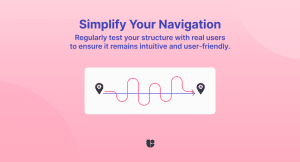
Display Customer Testimonials
Testimonials authenticate your goods or service and give it a human touch. To demonstrate to prospective buyers that other people are happy, put testimonials in prominent places, such as your homepage or product pages.
Showcase Trust Badges and Certifications
Visitors can feel more at ease when they see trust badges like security seals, certifications, or medals. For e-commerce websites, where customers must feel secure about their purchases, this is especially crucial.
Hack #7: Improve Load Speed
High bounce rates and user annoyance might result from a slow website. Speed is important for both SEO and user experience on websites.
Compress Images and Files
As previously stated, load times can be significantly reduced by compressing images. Additionally, reduce the amount of code by eliminating extraneous components and using tools to compress JavaScript and CSS files.
Use a Content Delivery Network (CDN)
By distributing the content of your website over several servers, a CDN speeds up user load times from any location. This can improve your website’s dependability and speed.
Hack #8: Optimize for SEO
Search engine optimization, or SEO, raises your website’s exposure and position in search results. SEO makes sure people can locate your website, even though a catchy design is still crucial. https://diversewebsitedesign.com.au/wordpress-website-design/
Use Relevant Keywords
Look up and use search terms that your target audience is likely to use. To improve your chances of ranking, use them organically into your headers, meta descriptions, and content.
Write Compelling Meta Descriptions
In search results, users frequently see a meta description first. Write enticing descriptions that encapsulate the information on your page and entice visitors to click.
Hack #9: Make Your Brand Identity Clear
A powerful brand identity aids in website recall. Everything from your logo and color palette to the tone of your content is included in branding.
Define Your Brand Voice
The personality of your brand should be reflected in the content of your website. Maintaining a consistent tone, whether it be professional and educational or warm and welcoming, helps you become more familiar with your audience.
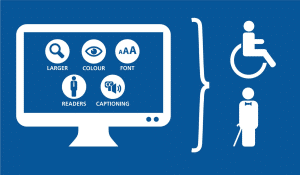
Use a Cohesive Color Scheme
Select a color scheme that captures the essence of your brand and use it consistently across your website. Your website becomes more visually appealing and remembered when your branding is consistent.
Hack #10: Regularly Update Your Website
In addition to increasing user retention, fresh material boosts your SEO. Frequent changes let users know your website is current and relevant.
Maintain a Blog
By including a blog on your website, you may give useful information, increase traffic, and update content frequently. Additionally, blog entries offer chances to focus on novel keywords.
Refresh Design Elements
Periodically updating your website may keep it looking new, even though consistency is crucial. To stay up to date without compromising the identity of your brand, change the colors, layout, or graphics.
Conclusion
A careful balancing act between strategy, functionality, and aesthetics is necessary for a catchy website. You may make a visually appealing and user-friendly website that attracts and retains visitors by putting these techniques into practice. These pointers will assist you in creating a website that is unique, whether you’re improving navigation, adding interactive features, or optimizing for speed.
